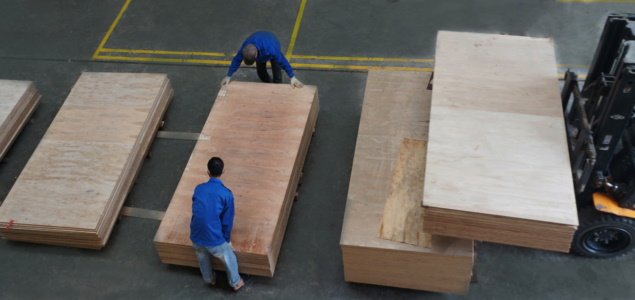Recent trends in the United States’ sawn tropical hardwood imports reveal notable shifts. While some countries, like Brazil, experienced declines, others, such as Indonesia, saw modest increases. Specific wood varieties, including Keruing and Balsa, showed fluctuations. Canadian imports rose, driven by particular sources. Notably, Iroko demonstrated exceptional growth. Overall, these nuances contribute to a changing landscape, with total imports reflecting a general decline.
In October, the United States witnessed a 4% decline in the imports of sawn tropical hardwood compared to the previous month. The volume, totaling 17,256 cubic meters, marked a 17% decrease from the import volume recorded in October 2022. While imports from Brazil experienced a 2% decrease, imports from Indonesia saw a 2% increase, maintaining a relatively stable trend with the largest trading partners.
Also in October, imports of Keruing experienced a remarkable 85% surge, contributing to a 6% overall increase throughout the first 10 months of the year compared to the same period last year. Meanwhile, Balsa imports recorded a 4% rise, leading to a 15% increase in the year-to-date figures. On the contrary, other wood imports have seen a decline for the year, with Ipe, Virola, Jatoba, Teak, and Anigre all lagging behind by more than 50% compared to the previous year. Notably, Canadian imports of sawn tropical hardwood witnessed a 10% rise in October, driven chiefly by imports from Congo and Zaire, reaching their highest monthly total in at least a decade.
In a notable shift, imports from the US and Bolivia experienced a sharp rise, contrasting with an 83% fall in imports from Brazil. Particularly, imports of Iroko showcased robust growth in October, propelling year-to-date figures for 2024 ahead of last year’s statistics for this wood variety.
In a remarkable divergence from the trend, imports of Iroko have surged by 35% compared to the previous year, outpacing the performance of all other wood varieties. However, the overall picture for total imports remains subdued, registering a 16% decline compared to the same period last year through October.
Source: Fordaq.com





